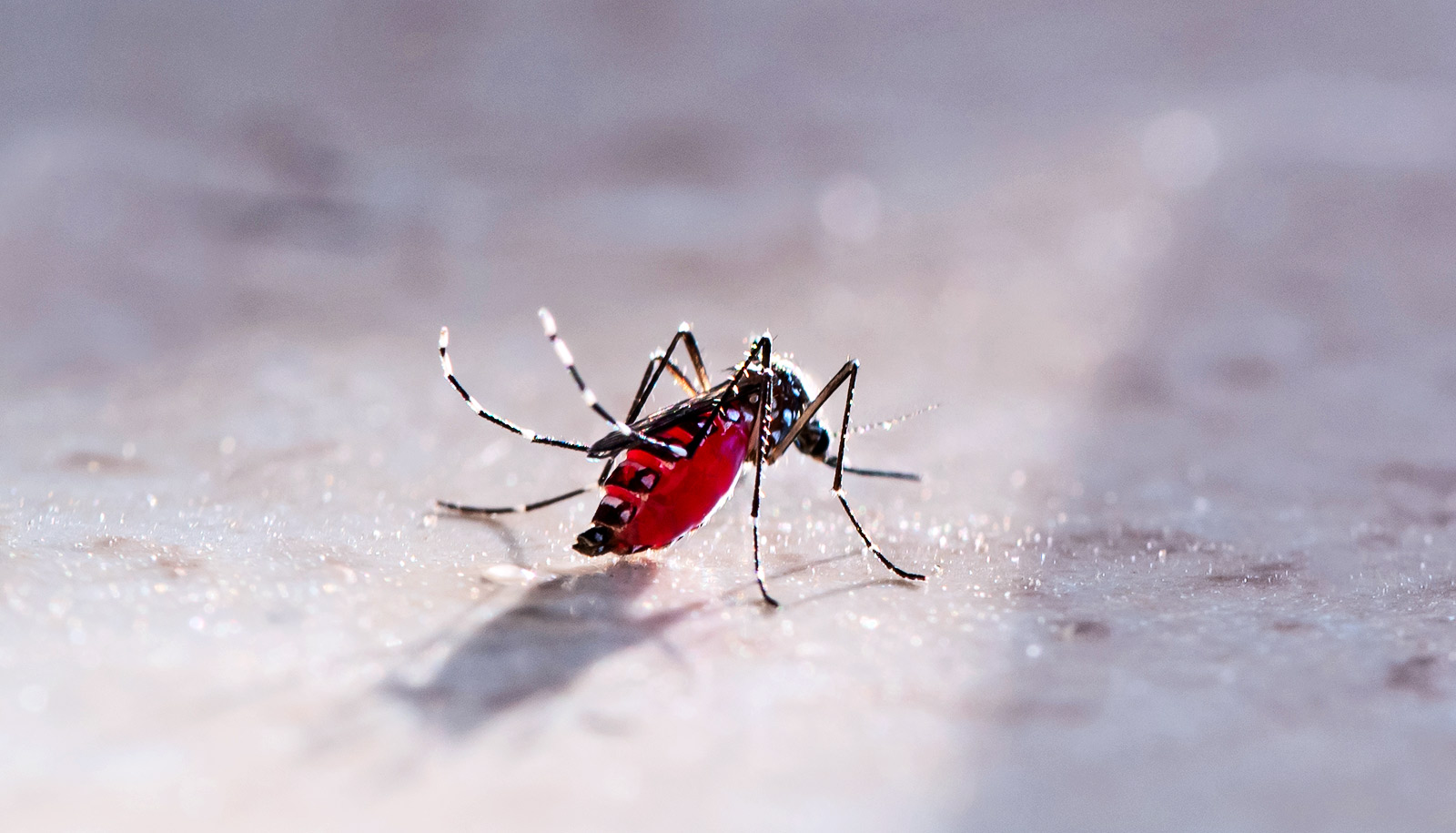When white-tailed deer graze in forests, they prefer to eat native plants over certain less tasty invasive ones, such as garlic mustard and Japanese stiltgrass.
Those eating habits can lower native plant diversity and abundance, while increasing the proportion of plant communities made up of non-native species.
A new study, which pools data from previous studies at 23 sites across the northeastern United States, appears in AoB Plants.
“Overall, deer reduce community diversity, lowering native plant richness and abundance and benefiting certain invasive plants, showing that deer have a pervasive impact on forest understory plant communities across broad swaths of the eastern US,” says lead author Kristine Averill, a research associate in Cornell University’s Section of Soil and Crop Sciences.
By altering the balance of native plants in favor of a higher fraction of invasive plants, deer change forest plant ecology. In this way, invasive plants have a bigger influence on the forest ecosystem and leave fewer opportunities for native animals who depend on the native plants.
Such changes in plant community structures also have long-term impacts on forest regeneration, Averill says.
“We should try to maintain lower deer densities through hunting and fencing if the goals are to support more native plants…”
The data from previous research came from sites that each had multiple pairs of fenced and unfenced plots, where deer were mostly excluded from fenced areas. “We compared the plant communities where deer were excluded against the communities where they had access,” Averill says.
The diversity of invasive species—the total number of non-native species—and the total abundance (or land cover) of invasive plants stayed the same in areas where deer grazed and where they were excluded. Since deer find some invasive species unappetizing in favor of more palatable plants, they can indirectly promote the success of invasives, Averill says.
“The study results suggest we should try to maintain lower deer densities through hunting and fencing if the goals are to support more native plants and foster reduced relative abundance of introduced plants.”
Deer change forests from the ground up
Other coauthors are from Cornell, Penn State, the University of Tennessee, Ohio State University, Hood College, the Smithsonian Conservation Biology Institute, the Smithsonian Environmental Research center, the National Park Service, and the US Department of Agriculture Forest Service.
The study received funding from the US Department of Agriculture, Penn State College of Agricultural Sciences, National Science Foundation, the National Park Service, the US Forest Service, the US Department of Energy, and the US Department of Defense.
Source: Cornell University



